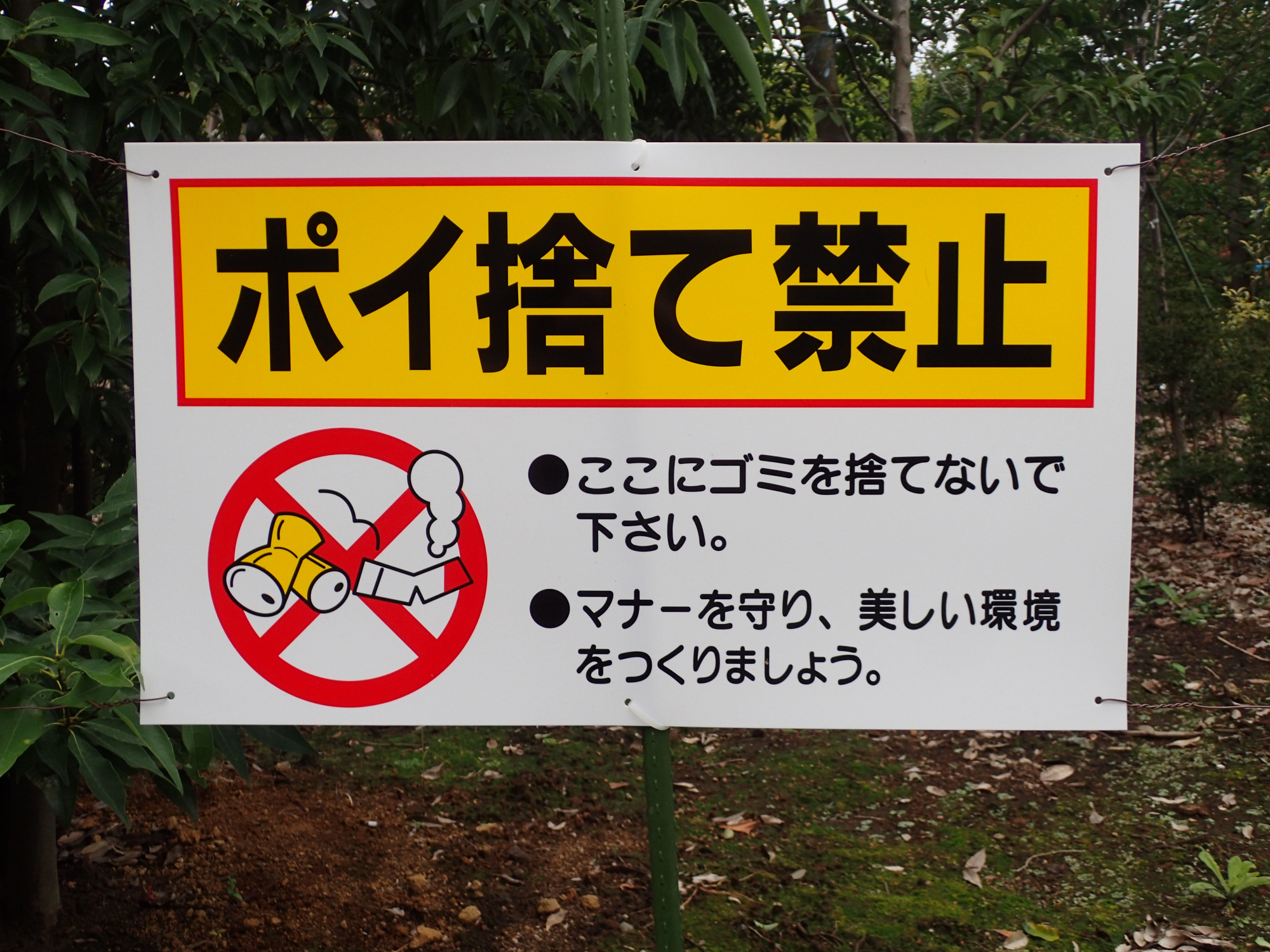When the Muromachi Era monk Ikkyu (1394-1481) was running late on his way to an appointment, he came across a nice little bridge that looked like a shortcut that could save him the embarrassment of a late arrival. It seemed almost too good to be true. The only problem was the sign beside the bridge, which read このはし渡るべからず (Kono hashi wataru bekarazu, "Don't cross this bridge").
Though this legendary tale is over five centuries old, it still feels very real — not so much for the bridge or the hurried monk, but because of the sign and its contents.
Even a relaxing walk through an urban Japanese setting will reveal that warnings, prohibitions and other similar messages are a characteristic component of the landscape. While we may feel a little over-regulated at times, as Ikkyu surely did in front of that bridge, these messages are a good source of material for anyone interested in understanding the various ways prohibitions are communicated in Japanese society.





















With your current subscription plan you can comment on stories. However, before writing your first comment, please create a display name in the Profile section of your subscriber account page.